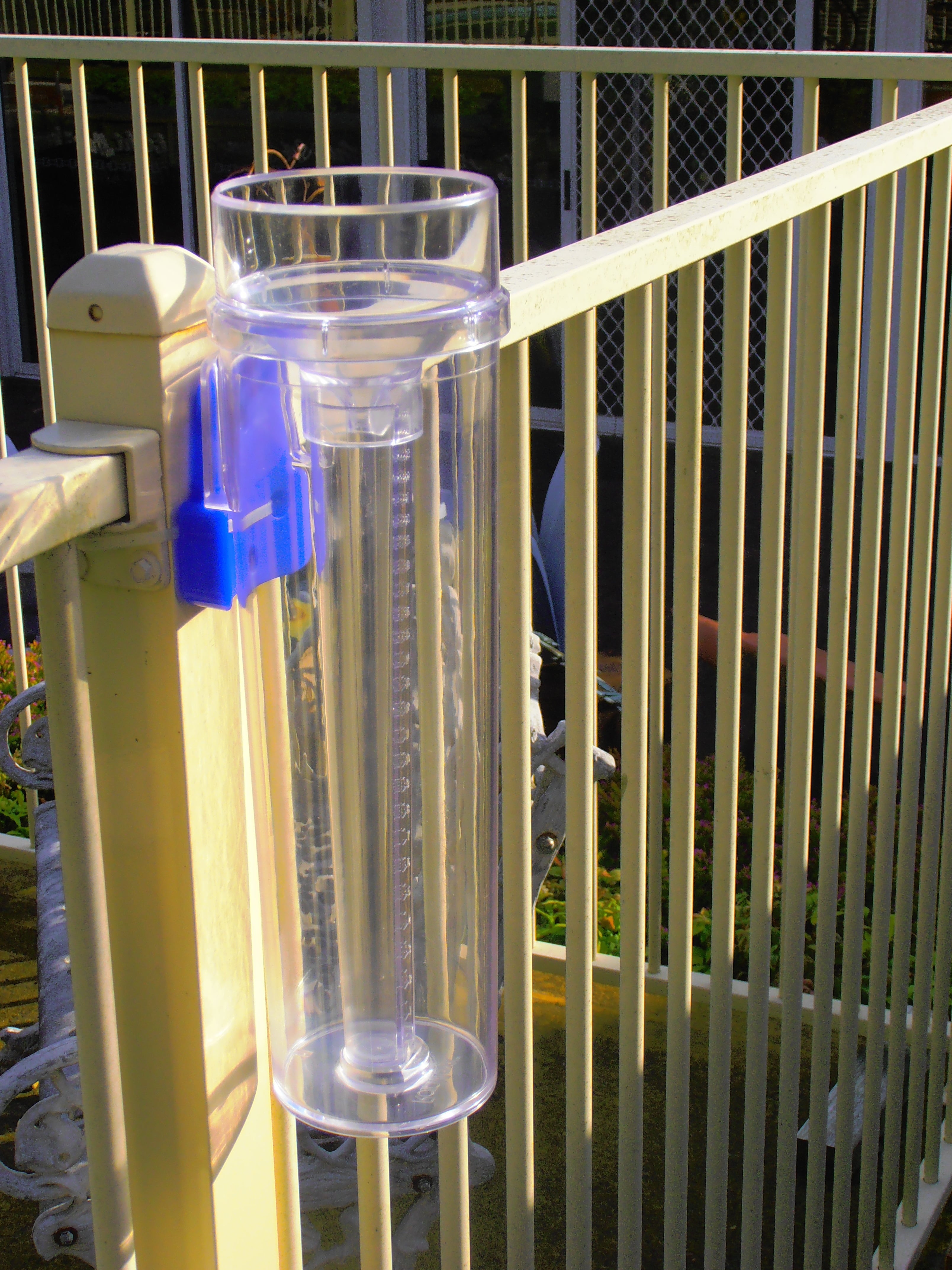Compare the Leading Rain Gauge Models for Accurate and Regular Readings
Compare the Leading Rain Gauge Models for Accurate and Regular Readings
Blog Article
Revealing the Science Behind Rainfall Assesses: Exactly How These Instruments Play a Crucial Role in Environment Research and Environmental Tracking
Rain evaluates, seemingly simple tools, hold a profound importance in the realm of climate study and environmental monitoring. As we peel back the layers of this clinical shroud surrounding rainfall gauges, we reveal a world where accuracy, data precision, and thorough monitoring merge to introduce a deeper understanding of our altering environment and its impact on the earth.
Value of Rain Scales
Rain assesses play an essential duty in monitoring and gauging precipitation levels, supplying crucial data for environment research and evaluation. These devices are fundamental in measuring the quantity of rains that takes place in a specific area over a certain period. By determining and collecting rainwater, rain assesses offer useful insights into the circulation and intensity of rainfall, assisting meteorologists, hydrologists, and climatologists in understanding weather condition patterns and patterns.
Among the key reasons that rainfall gauges are essential is their capacity to supply localized and precise data. Unlike satellite or radar-based measurements, which offer more comprehensive observations, rain evaluates deal precise info specific to the location where they are positioned. This localized information is vital for numerous applications, consisting of flooding projecting, dry spell monitoring, and water resource administration. In addition, lasting data accumulated from rain evaluates assists in evaluating environment adjustment impacts and patterns, contributing substantially to scientific research and decision-making procedures. Basically, rain assesses work as essential tools in the field of weather forecasting and environmental science, playing a critical role ahead of time our understanding of climate and climate characteristics.
Kinds Of Rain Scales

Capability and Operation
In the realm of environment research and atmospheric studies, the effectiveness of rainfall evaluates depend on their complex capability and accurate functional systems. Rain determines are created to properly measure the amount of precipitation that drops over a specific area throughout a set period. These tools typically contain a channel that gathers rain and channels it right into a measuring tube. The determining tube is noted with calibrated dimensions that enable for the exact metrology of rainfall.
The functionality of rain evaluates is based upon the principle of gauging and accumulating rainwater in a standardized manner. This accumulated information is crucial for comprehending neighborhood climate patterns, tracking lasting climate trends, and examining environmental impacts. To make sure exact measurements, rainfall assesses need to be purposefully positioned in open locations away from blockages such as buildings or trees that could interfere with the collection procedure.
The operational element of rainfall assesses entails routine maintenance to avoid debris accumulation, calibration checks to maintain dimension precision, and information taping for analysis (rain gauge). On the whole, the functionality and operation of rainfall gauges are essential for gathering dependable precipitation data vital to environment research study and ecological tracking
Role in Climate Study
Provided the crucial importance of precise rainfall dimensions in recognizing weather patterns and environmental influences, the role of rain assesses in climate research study is vital. Rainfall determines give necessary data for climate study by measuring the quantity of precipitation that tips over a specific area during an offered duration. This data is crucial for keeping an eye on long-lasting patterns view publisher site in precipitation patterns, assessing the impact of environment adjustment on rains circulation, and boosting climate models.

Environment scientists make use of information gathered from rainfall assesses to evaluate variants in rainfall levels, recognize local climate patterns, and examine the performance of water resource monitoring strategies. By contrasting historical rainfall data with current measurements, researchers can discover shifts in rainfall patterns, such as adjustments in the regularity or strength of rainfall occasions. This info is important for understanding how environment modification is affecting rainfall dynamics and can help policymakers make educated decisions pertaining to adjustment and reduction approaches.
Applications in Environmental Surveillance

In flooding forecasting, rain gauge information helps to track rains intensity and circulation, permitting authorities to issue prompt warnings and take needed procedures to minimize flooding threats (rain gauge). Drought tracking depends on rain scale information to assess moisture levels in the soil and track rainfall deficits, aiding in the identification of drought-prone areas and the implementation of drought feedback strategies
In addition, rainfall scale information plays a crucial duty in water source administration by offering details on water schedule and use fads. This data is utilized to make educated decisions relating to water allowance, conservation actions, and sustainable water source planning. In addition, in farming, rain gauge data assists farmers in optimizing watering schedules, plant choice, and overall ranch monitoring practices based upon regional precipitation patterns. In general, rain gauges are important devices in environmental tracking, providing important understandings that add to notified decision-making and sustainable source management.
Conclusion
Finally, rain determines are vital devices for gauging look what i found rainfall, providing important data for climate research and environmental surveillance. With different types and functionalities, rainfall gauges play a critical role in understanding rainfall patterns and their influence on the setting. By precisely determining rainfall, these tools add to the improvement of clinical expertise and assistance in making educated choices pertaining to water resource management and catastrophe preparedness.
Rainfall determines play a crucial duty in surveillance and gauging rainfall levels, giving essential data for environment research and evaluation. The typical rain scale, understood as the "tipping pail" gauge, is one of the most typically utilized devices. Ultrasonic rainfall gauges use audio waves to identify the presence of rain, supplying real-time data on rainfall levels.Environment scientists make use of data gathered from Visit This Link rainfall assesses to analyze variants in rainfall levels, identify local climate patterns, and review the performance of water resource management approaches.In conclusion, rain assesses are essential tools for determining precipitation, giving valuable information for environment research and ecological tracking.
Report this page